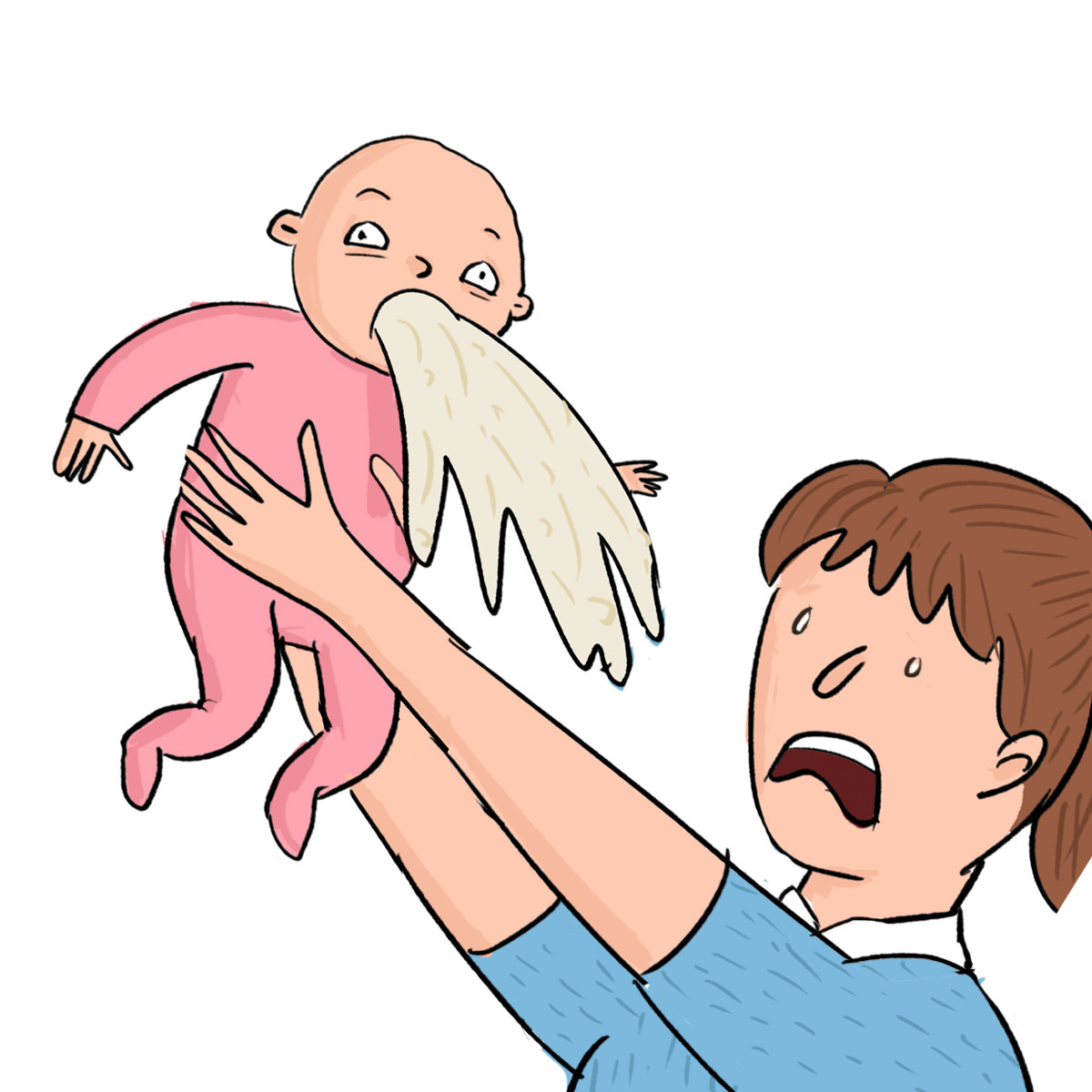

This kind of vomiting is different from a “wet burp” that a baby may have at the end of a feeding.

Large amounts of breast milk or formula are vomited, and may go several feet across a room. The most common symptoms in a baby with pyloric stenosis is forceful, projectile vomiting. What are the symptoms of pyloric stenosis? A baby who vomits most of or all of his or her feedings will not have adequate nutrition to gain weight and stay healthy. Babies who lack the right amount of water and minerals in their bodies can become very sick quickly.Īnother problem that occurs is weight loss. Minerals that the body needs to stay healthy, such as potassium and sodium, are also lost as the baby vomits. Babies have smaller bodies than adults and cannot tolerate losing fluid as easily as adults can. When a baby vomits regularly, he or she will not get enough fluids to meet his or her nutritional needs. Pyloric stenosis may be inherited, and several members of a family may have had this problem in infancy.īecause the stomach opening becomes blocked and babies start vomiting, several problems can happen.Boys develop pyloric stenosis more often than girls.Caucasian babies seem to develop pyloric stenosis more frequently than babies of other races.Which babies are at higher risk for pyloric stenosis? Once a child has been born in a family with pyloric stenosis, the chance for it to happen again depends on the gender of the child already born with the condition, as well as the gender of the next child. Pyloric stenosis is four times more common in males than females. The factors are likely both genetic and environmental. The cause of pyloric stenosis has many factors or causes.


 0 kommentar(er)
0 kommentar(er)
